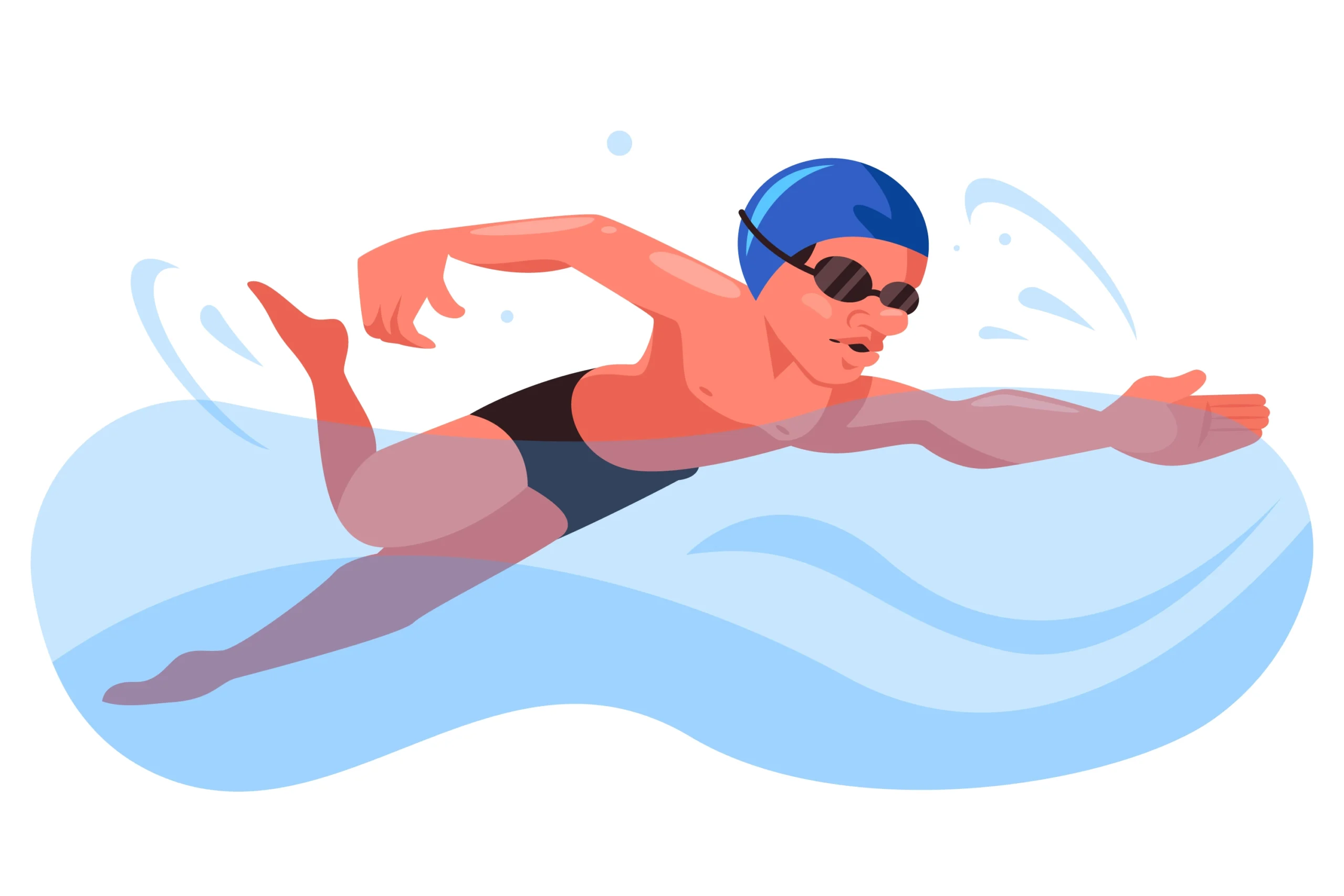Swimming is a fantastic activity that combines fitness, relaxation, and recreation. Whether you are looking to swim for health benefits, enjoyment, or to master the art of competitive swimming, this guide will walk you through the basics and advanced techniques. From learning the fundamental strokes to understanding safety practices, this article covers everything you need to start swimming confidently and safely.
Table of Contents
- Introduction to Swimming
- Benefits of Swimming
- Essential Swimming Gear
- Basic Swimming Strokes
- The Freestyle Stroke
- The Backstroke
- The Breaststroke
- The Butterfly Stroke
- Breathing Techniques
- Swimming Safety Tips
- Improving Your Swimming Skills
- Conclusion
Introduction to Swimming
Swimming is not just a recreational activity but also a vital skill that can save lives. It offers a full-body workout that engages multiple muscle groups, enhances cardiovascular health, and improves flexibility. Whether you are an absolute beginner or looking to refine your technique, understanding the basics is essential.
Benefits of Swimming
Swimming offers numerous benefits, including:
- Full-Body Workout: Engages almost every muscle group, providing a comprehensive exercise routine.
- Low Impact: The buoyancy of water reduces strain on joints and muscles, making it suitable for all ages and fitness levels.
- Cardiovascular Health: Improves heart and lung capacity, enhancing overall cardiovascular health.
- Flexibility and Strength: Increases flexibility and builds strength through resistance training in water.
- Stress Relief: Provides a relaxing and meditative experience, reducing stress and anxiety.
Essential Swimming Gear
Before diving into the pool, ensure you have the following essential swimming gear:
Swimwear
- Swimsuits: Choose a well-fitting swimsuit designed for your intended purpose, whether for leisure, training, or competition.
- Goggles: Protect your eyes from chlorine and improve visibility underwater.
- Swim Cap: Keeps hair out of your face and reduces drag.
Additional Gear
- Kickboard: Helps with leg training and improving kicking techniques.
- Pull Buoy: Aids in focusing on arm technique by buoying your legs.
- Fins: Enhance your kick and build leg strength.
Basic Swimming Strokes
Mastering different swimming strokes is key to becoming a versatile swimmer. Here are the four fundamental strokes:
The Freestyle Stroke
Also known as the front crawl, the freestyle stroke is the fastest and most common swimming stroke.
Technique
- Body Position: Maintain a horizontal position with your body in line.
- Arm Movement: Alternate your arms in a circular motion. Pull your arm through the water with a high elbow.
- Leg Movement: Keep your legs straight and perform a flutter kick.
- Breathing: Breathe in through your mouth when your head is out of the water and exhale through your nose underwater.
The Backstroke
The backstroke is the only stroke swum on the back, making it easier to breathe.
Technique
- Body Position: Lie on your back with your body straight and your hips slightly elevated.
- Arm Movement: Rotate your arms alternately in a circular motion while keeping them straight.
- Leg Movement: Perform a flutter kick, keeping your legs relaxed and close to the surface.
- Breathing: Keep your face above the water, so breathing is natural.
The Breaststroke
The breaststroke is a slower stroke that focuses on a simultaneous arm and leg movement.
Technique
- Body Position: Keep your body flat and horizontal in the water.
- Arm Movement: Sweep your arms outwards and then pull them back towards your chest.
- Leg Movement: Perform a frog kick, bringing your heels towards your buttocks and then extending your legs.
- Breathing: Lift your head to breathe with each stroke.
The Butterfly Stroke
The butterfly stroke is known for its distinctive, powerful movement.
Technique
- Body Position: Keep your body close to the surface with a slight undulating motion.
- Arm Movement: Perform a simultaneous arm pull, moving both arms in a windmill-like motion.
- Leg Movement: Use a dolphin kick, keeping your legs together and performing a fluid up-and-down movement.
- Breathing: Breathe in quickly as you lift your head, and exhale as your face returns to the water.
Breathing Techniques
Proper breathing is crucial for effective swimming. Here are some tips:
- Freestyle: Practice rhythmic breathing by coordinating your breath with your strokes.
- Backstroke: Breathing is natural, but ensure you maintain a steady rhythm.
- Breaststroke: Breathe every stroke or two, lifting your head as you pull your arms back.
- Butterfly: Coordinate your breathing with the stroke cycle, taking a breath every two strokes.
Swimming Safety Tips
Safety should always be a priority while swimming. Follow these guidelines:
- Never Swim Alone: Always swim with a buddy or within a supervised area.
- Know Your Limits: Avoid pushing yourself too hard, especially if you are a beginner.
- Stay Hydrated: Drink plenty of water to prevent dehydration.
- Understand Water Conditions: Be aware of the pool or open water conditions before swimming.
- Follow Pool Rules: Adhere to all pool regulations and guidelines for a safe experience.
Improving Your Swimming Skills
To enhance your swimming skills, consider the following:
- Take Lessons: Professional swim lessons can help refine your technique and improve efficiency.
- Practice Regularly: Consistent practice is key to building endurance and improving skills.
- Use Drills: Incorporate specific drills to target areas for improvement, such as kick drills or technique-focused exercises.
- Track Progress: Keep a log of your swimming workouts and progress to stay motivated and identify areas for growth.
Conclusion
Swimming is a rewarding and enjoyable activity that offers numerous benefits, from fitness to stress relief. By mastering the basic strokes, employing effective breathing techniques, and following essential safety practices, you can become a proficient swimmer. Whether you are swimming for leisure or aiming for competitive excellence, continuous practice and dedication will lead to significant improvements. Dive in, enjoy the water, and embrace the myriad benefits that swimming has to offer!


